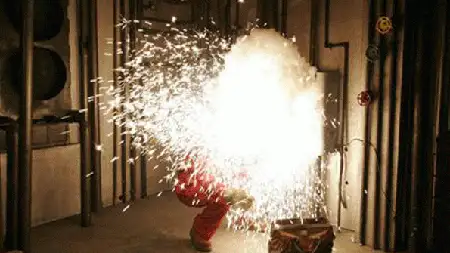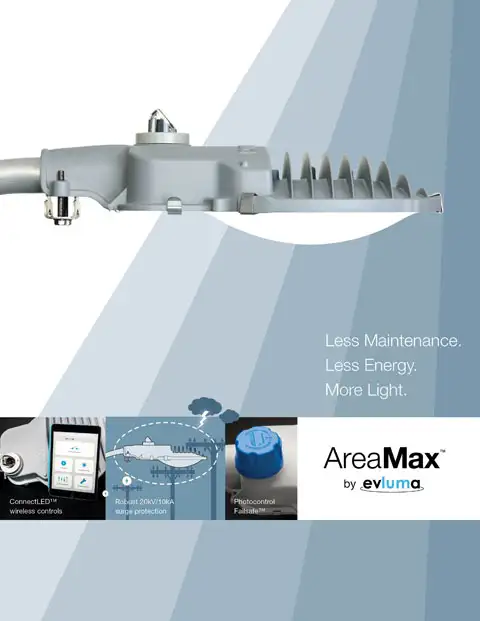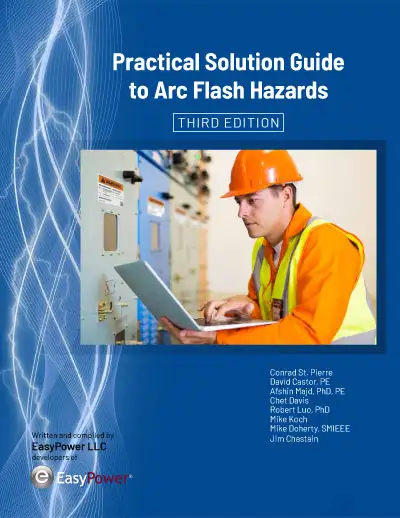Arc Blast Definition - Explosive energy released during an arc flash explosion

A good arc blast definition is: explosive energy like molten metal released during an arc flash explosion. Arc blast sends more than 2,000 North American electrical workers to burn centers each year. The sad thing is that most of these workers will not have been properly warned of the magnitude of the hazard — if they're warned at all. Depsite all the efforts to train electrical workers about the potential hazard of arc blast, there are still too many injuries and fatalities.
Although arc blast injuries are not as frequent as other electrical injuries, their severity makes the costs to human life and to industry as a whole much, much greater. The dollar cost can easily exceed $1 million, and includes not only medical expenses, but the costs of equipment replacement, downtime and insurance.
Electrical injuries and fatalities from electrical arc blast incidents have been taking place ever since electric power was first generated and distributed. Arc-flash accidents that result in a serious injury or fatality occur five to 10 times a day in the United States. Recently, in an effort to improve workplace safety, the industry has begun to focus on the arc flash hazard that is present when workers must perform work on energized electrical equipment without wearing personal protective equipment ppe.
One of the results of that focus has been the development and publication of NFPA 70E Standard for Electrical Safety in the Workplace. NFPA 70e is widely recognized as an industry-consensus electrical safety standard that defines the requirements for safely working on or around electrical equipment. OSHA now recognizes the NFPA 70e standard as a written, published standard, available to the industry, and they cite the requirements of this standard for employers under their general duty clause.
What causes arc blast? Arc flash occurs when electrical workers are working "live", meaning that they are not de energizing circuit breakers and other protective devices before working on them. A short-circuit or fault occurs when the insulation between energized electrical phase conductors, or between a phase conductor and ground, is somehow compromised. During a so-called “bolted” fault, the fault current flows over a conductive path. While such faults can be damaging, little energy is released into the surrounding environment during the fault. During an arcing fault, however, the fault current instead flows through the air rather than through a conductor or busbar and a great deal of thermal energy is released into the environment. This sudden release of thermal energy, similar to that seen in an electrical arc furnace, is referred to as an arc-flash event.
The degree of arc blast hazard is measured by the available incident energy, expressed in calories or joules per square centimeter. This hazardous "incident energy" creates the thermal exposure that an electrical worker standing at a certain distance from the source of the arc (the “working distance”) would expect to receive on the head and torso. In addition to the thermal release, there are other hazards produced by these events, including arc blast (a high-pressure wave), sound levels that can lead to permanent hearing damage and often a ballistic threat from flying particles and objects.
EF PARTNER MEDIA
Videos
Product Showcases
Shared Media

























